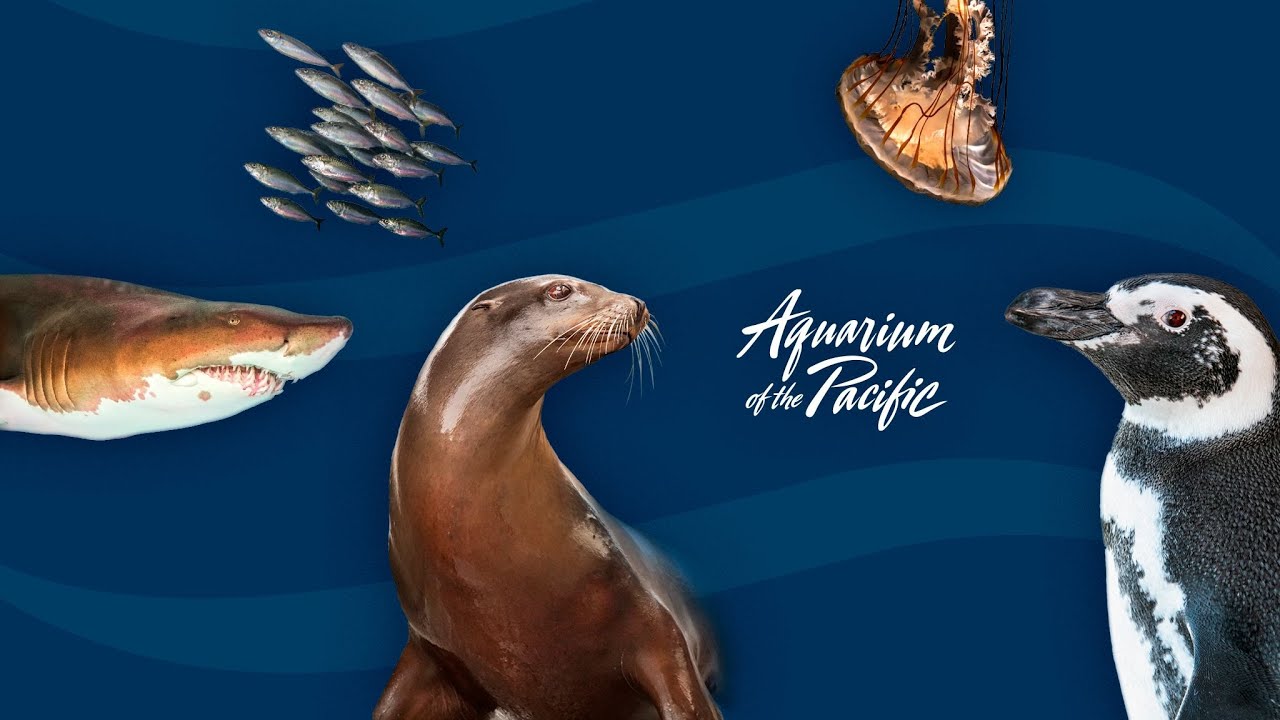Summary:
– Moving and Grooving: Explore how animals in the ocean move and the unique adaptations they have developed.
– Swim like a shark: Discover the incredible swimming abilities of sharks and the adaptations that allow them to glide through the water effortlessly.
– Pulse like a jelly: Delve into the mesmerizing world of jellyfish and their pulsating movements that help them navigate the ocean.
– Waddle like a penguin: Learn about the comical waddle of penguins and how their unique walking style helps them survive in extreme environments.
Have you ever wondered how animals in the ocean move? The underwater world is filled with incredible creatures that have evolved amazing adaptations to help them navigate their watery habitats. Today, we will dive into the fascinating realm of ocean-dwelling creatures and explore their unique and mesmerizing ways of moving. So, put on your snorkel and let’s get started!
Let’s begin with the incredible swimming abilities of sharks. These apex predators have been roaming the oceans for millions of years, and their sleek bodies and powerful tails allow them to effortlessly glide through the water. Sharks are known for their speed, and some species can reach astonishing speeds of up to 60 miles per hour! But what makes them such excellent swimmers?
The secret lies in their streamlined bodies and unique adaptations. Sharks have a cartilaginous skeleton, lighter and more flexible than the bony skeleton found in most other animals. This lightweight structure reduces drag in the water, allowing them to move swiftly and efficiently. Additionally, their large pectoral fins act like wings, providing lift and stability as they gracefully maneuver through the depths. Some species even have a tail fin called a heterocercal tail with a longer upper lobe, giving them extra propulsion.
While sharks possess an unmatched grace in the water, let’s now turn our attention to the pulsating movements of jellyfish. These mysterious creatures may not have a backbone, but they have perfected the art of gliding through the ocean currents. Jellyfish have a bell-shaped body, consisting mostly of water, which allows them to float effortlessly. However, their method of propulsion is where things get truly mesmerizing.
Jellyfish move by contracting and relaxing their bell-shaped bodies, resulting in a pulsating movement that propels them forward. This elegant motion is driven by the contraction of their bell-shaped bodies, which creates a jet-like force to expel water and move them in the opposite direction. It’s like they have a built-in jetpack! Remarkably, jellyfish can control the speed and direction of their pulsations, granting them a surprising level of control over their movements.
Now that we have explored the enchanting world of jellyfish, let’s shuffle our way to the polar regions to meet the charismatic penguins. These flightless birds are famous for their adorable waddle, but there’s more to it than meets the eye. The penguin’s waddle has evolved to help them conquer life in extreme environments.
Walking on land is no easy task for penguins since their short legs and large bodies make it challenging to maintain balance. However, their waddle serves a purpose. By rocking from side to side while walking, penguins are better able to distribute their weight, ensuring they do not topple over. This motion also helps conserve energy, as their waddle acts as a pendulum, requiring less effort to propel themselves forward.
Although comical to us, the penguin’s waddle is a vital adaptation that enables them to move efficiently on land and traverse the icy landscapes where they breed and raise their young. Penguins may appear clumsy on land, but they become incredibly agile swimmers once they dive into the water, effortlessly propelling themselves with their flipper-like wings.
As we wrap up our journey through the mesmerizing world of ocean-dwelling creatures, we can’t help but be amazed by the incredible adaptations and movements they have evolved. From the swift movements of sharks to the pulsating grace of jellyfish and the adorable waddle of penguins, each species has developed its unique way of moving through the water.
Next time you find yourself swimming or snorkeling in the ocean, take a moment to observe the animals around you. Appreciate the beauty and complexity of their movements, and remember the remarkable adaptations that allow them to thrive in their watery homes. The more we understand and appreciate the natural world, the better equipped we are to protect and conserve it for future generations. So, dive in and embrace the wonders of oceanic motion!
*****
Source Description
Swim like a shark, pulse like a jelly, and waddle like a penguin while we discover how animals in the ocean move.


